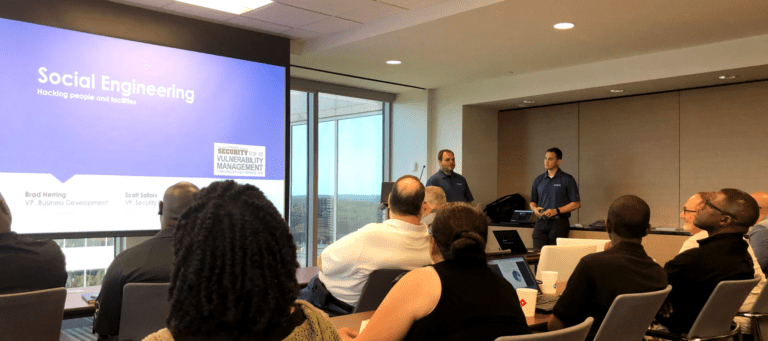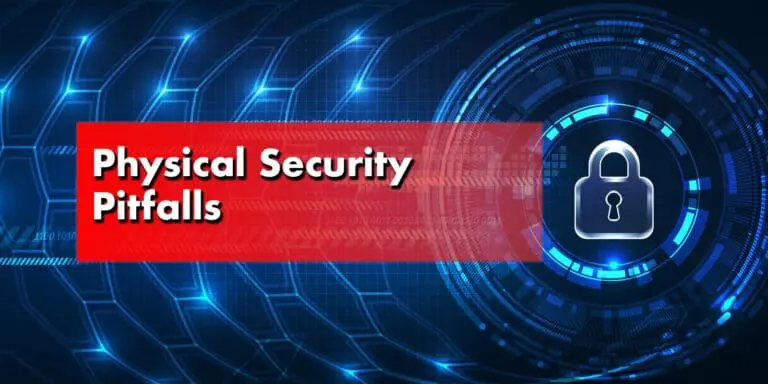A Herring Haunting at Curriculaville Next Wednesday
What’s scarier than ghosts and goblins? Brad Herring has some terrifying tales to tell at the October 28 Curriculaville Cybersecurity Summit.

What’s scarier than ghosts and goblins? Brad Herring has some terrifying tales to tell at the October 28 Curriculaville Cybersecurity Summit.

Raxis was honored to present at the (ISC)² Atlanta Chapter Meeting last Thursday. The topic was Social Engineering and understanding how the high success rates of social engineering impacts network security.

Effective infosec programs are built upon strong physical security. Once an attacker gains physical access, chances of a data breach become much higher.

Raxis VP of Business Development Brad Herring discusses social engineering and how many hackers take the easy path & trick employees into giving them access.